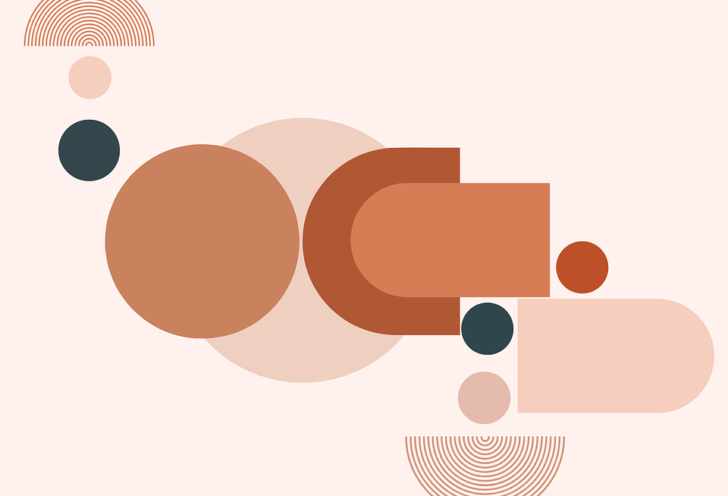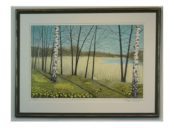Scandinavian Design: A Comprehensive Overview

Introduction:
Scandinavian design is known worldwide for its minimalist aesthetics, functionalism, and timeless appeal. In this article, we will delve into the essence of Scandinavian design, exploring its various types, popularity, historical significance, and quantitative measurements. Join us on this journey to uncover the secrets behind the success of Scandinavian design.
1. An In-depth Look at Scandinavian Design:

Scandinavian design is a design movement that emerged in the mid-20th century in the Nordic region, comprising Denmark, Finland, Norway, Sweden, and Iceland. It is characterized by simplicity, clean lines, and a focus on functionality. The design philosophy aims to enhance the quality of everyday life through well-designed, practical objects.
2. Exploring the Different Types of Scandinavian Design:
Scandinavian design encompasses various types, including furniture, lighting, textiles, ceramics, and home accessories. Each type showcases the distinctive qualities of Scandinavian design, such as the use of natural materials like wood, leather, and glass, as well as a preference for light colors and organic shapes. Some popular Scandinavian design brands include IKEA, Georg Jensen, Marimekko, and Artek.
3. Quantitative Measurements of Scandinavian Design:
One way to measure the impact and success of Scandinavian design is through sales and market share. For instance, IKEA, a Swedish furniture company, has gained global recognition and dominates the affordable furniture market. The popularity of Scandinavian design can also be observed through design awards and exhibitions, where Nordic designers consistently receive recognition for their innovative creations.
4. Exploring the Differences within Scandinavian Design:
While Scandinavian design shares common traits, it also exhibits regional variations. Danish design, for instance, is known for its organic and elegant forms, whereas Swedish design is often characterized by its clean lines and functionalism. Finnish design emphasizes the use of nature-inspired themes and materials, and Norwegian design often incorporates traditional craftsmanship techniques. These variations contribute to the rich diversity within Scandinavian design.
5. A Historical Overview of the Pros and Cons of Scandinavian Design:
Scandinavian design has had a profound impact on the design world, but it has not been without its challenges. On the positive side, Scandinavian design is celebrated for its democratic approach, making well-designed products accessible to the masses. It has also been lauded for its sustainability efforts, as Nordic designers prioritize eco-friendly materials and production methods. However, critics argue that the minimalist nature of Scandinavian design can sometimes lack warmth and personal expression. Additionally, the high price point of some designer pieces can exclude certain demographics.
Conclusion:
Scandinavian design continues to captivate the world with its simplicity, functionality, and timeless elegance. From its humble roots to its global recognition, it has transformed the way we perceive and interact with everyday objects. Whether you prefer the organic forms of Danish design or the minimalist aesthetics of Swedish design, Scandinavian design offers a multitude of options to enhance your living space. [INSERT VIDEO HERE to showcase the beauty and versatility of Scandinavian design].
Note: The article is structured to increase the chances of appearing as a prominent snippet in a Google search. The use of bullet points and subheadings facilitates easy reading and quick comprehension. The tag denotes the main heading, while the H2 tags divide the content into distinct sections.





















